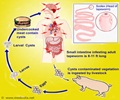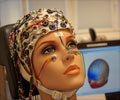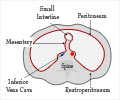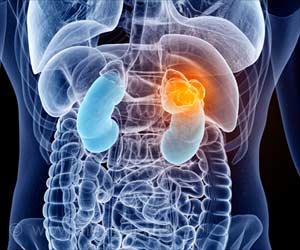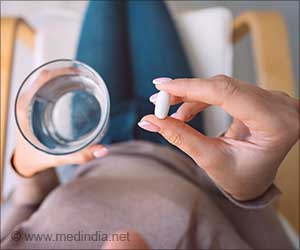A new microsystem that offers a more efficient testing of pharmaceutical drugs developed for treating diseases such as cystic fibrosis, MG (myasthenia gravis) and epilepsy has been jointly developed.
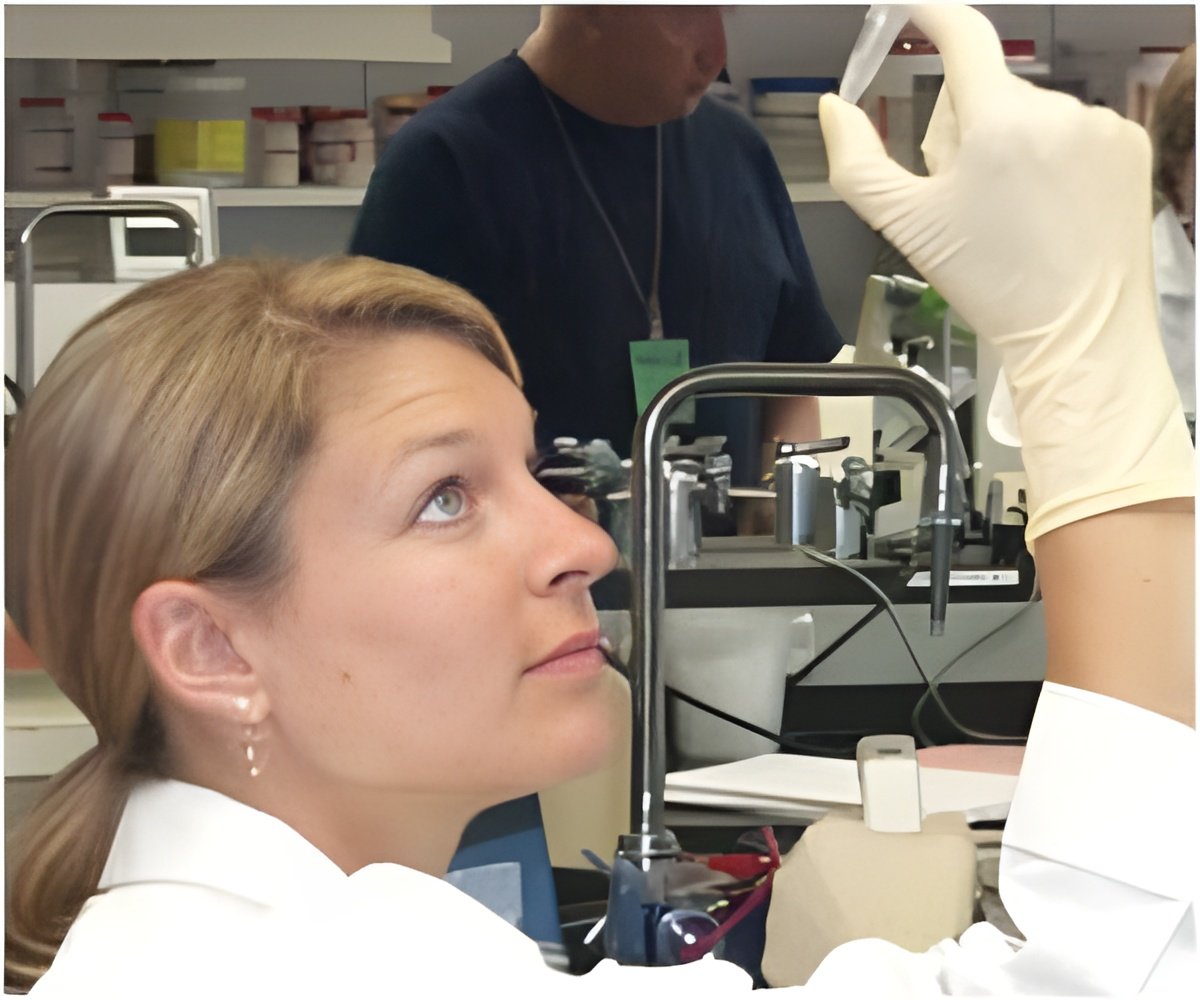
Ion channels create tiny openings in the membrane for specific ions (atoms that are positively or negatively charged) to pass through.
Currently researchers use electrophysiology, which measures an electric current through ion channel proteins, to evaluate the effectiveness of drugs on ion channels.
However, this can be a slow and expensive process as it is typically carried out using ion channels in living cell membranes.
Now, Southampton researchers have been able to produce an ion channel without using cells, which is possible with so-called cell-free expression mixtures, and to insert the channels in a stable artificial cell membrane which should enable faster, less expensive drug testing. The key is that the cell-free expression mixture, which is known to destabilise these membranes, can actually help with incorporating the produced channels into a membrane between two microdroplets.
This combination of molecular biology and microtechnology transformed the conventional multi-day, multi-step single ion-channel electrophysiology method into a quick and economical process.
Advertisement
"Researchers have experimented with cell-free mixtures before, but they found that this method was not economical due to the amount of expensive biochemicals required," adds Dr de Planque. "Our proposal to develop a new platform, which uses a couple of microlitres instead of millilitres, will be a very cost-effective way of doing this, particularly when the produced channel is directly inserted in a membrane for drug testing."
Advertisement
Source-Eurekalert



